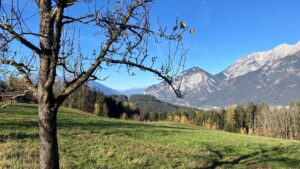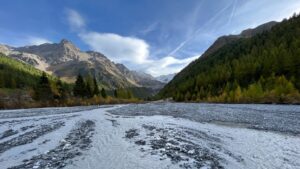Abstract/Description
Plastic pollution has reached remote cryospheric ecosystems, already threatened by the climate crisis and biodiversity loss. Biofilms represent the predominant form of microbial life in cold habitats, where they play a crucial role in driving geochemical processes and establishing the foundation of local food webs. Plastic surfaces offer new niches for microbial colonization, potentially altering key ecological functions. However, the influence of polymer type on the establishment of biofilm microbial communities in these sensitive environments remains unclear. We studied microbial biofilms on polyethylene (PE), polypropylene (PP), and polyethylene terephthalate (PET) over ten weeks during the ablation phase in a proglacial lake in the Austrian Alps. Using 16S rRNA gene amplicon sequencing, we analysed bacteria colonizing polymer surfaces and compared them to glass as a non-polymer control and free-living communities in lake water. Alpha diversity increased over time on all substrates, though it was significantly lower in the incipient biofilm, with no material-specific effects. Early-stage biofilms showed distinct community compositions across polymer types, dominated by Betaproteobacteria (64.2%), which declined over time. At the beginning, Betaproteobacteria were most abundant on glass (82.7%) and least on PE (50.2%). Gammaproteobacteria (14.3% overall) were enriched on PE (45.7%) at T1, while Alphaproteobacteria (16.7% overall) were most abundant in lake water (28.0%). Redundancy analysis revealed temporal changes as the main driver of community shifts, with pH as the only significant water chemistry factor influencing composition. Potential polymer-degrading bacteria were found on all substrates, especially in early-stage biofilms, with PE showing the greatest taxanomic abundance. Our results show that while material type influences initial colonization, microbial communities converge over time. The presence of potential degraders suggests that nutrient-limited cryospheric microbes may adapt to plastic as a carbon source. This study highlights the complex interplay between substrate properties, temporal dynamics, and environmental conditions in shaping plastisphere communities in cold freshwater ecosystems.


